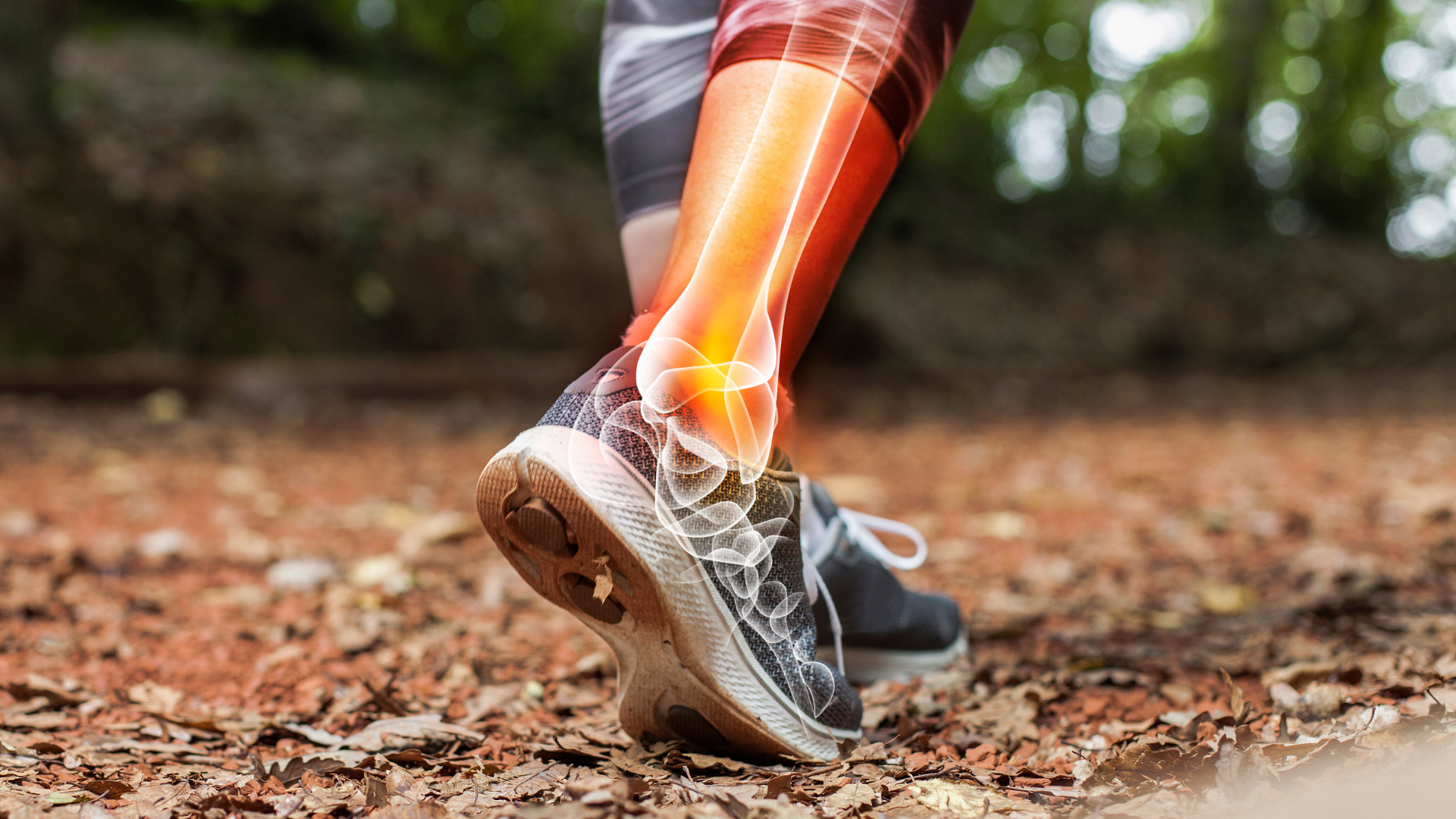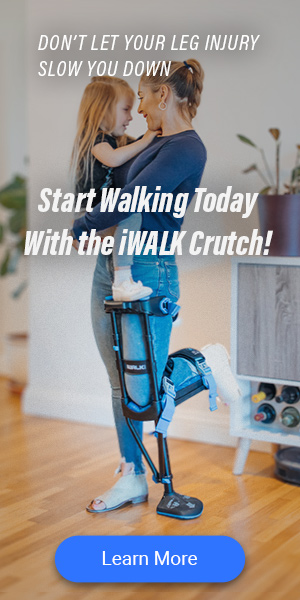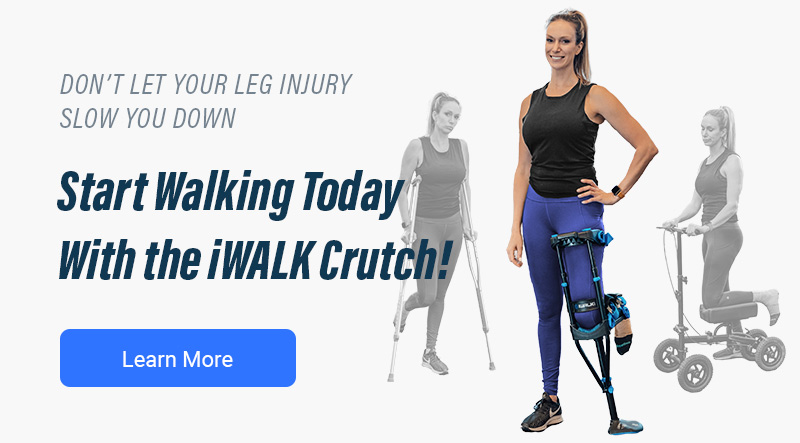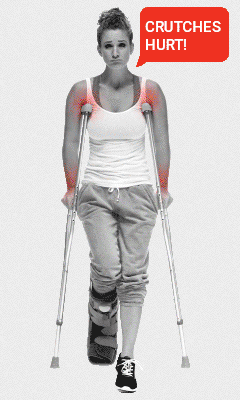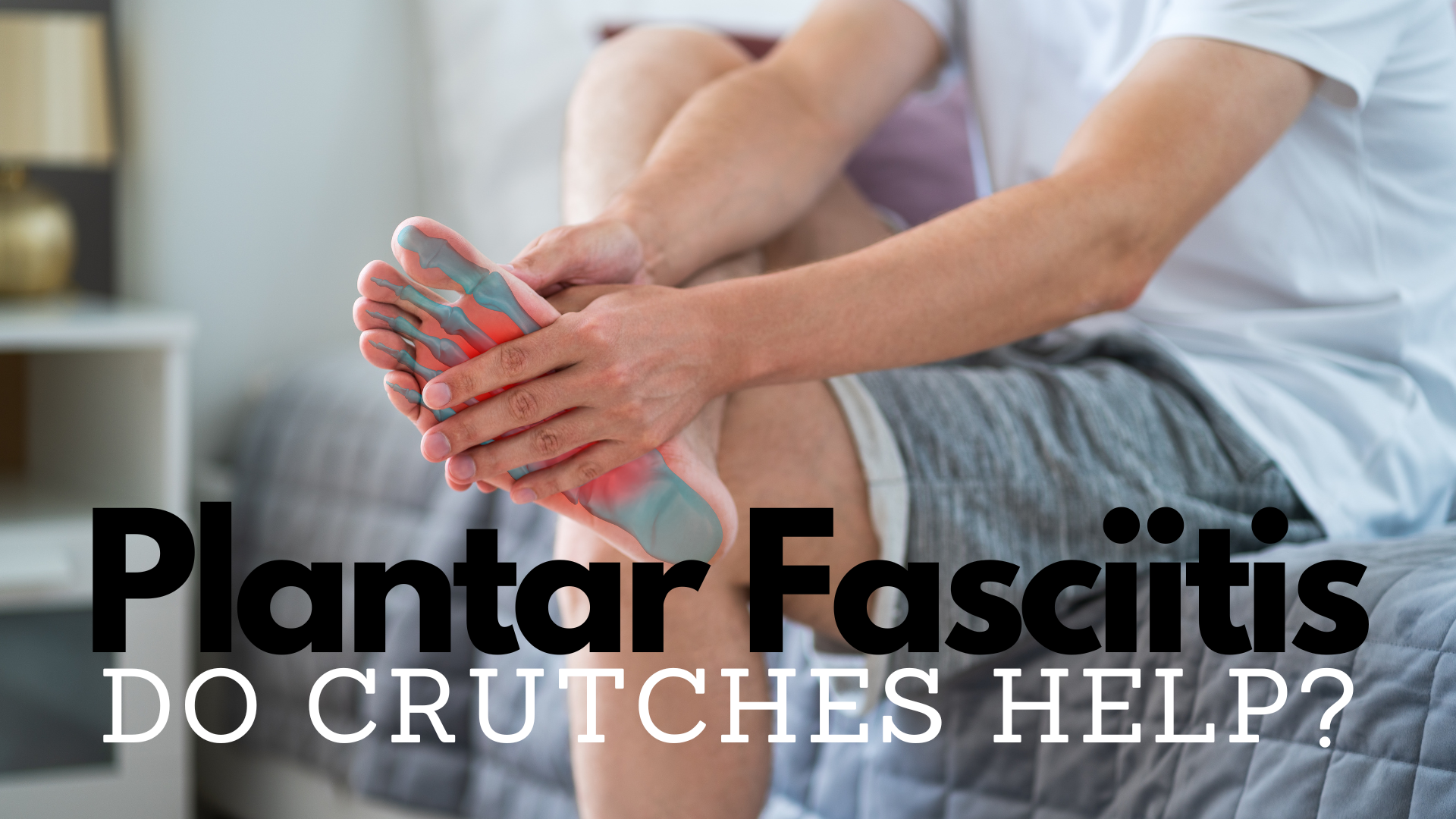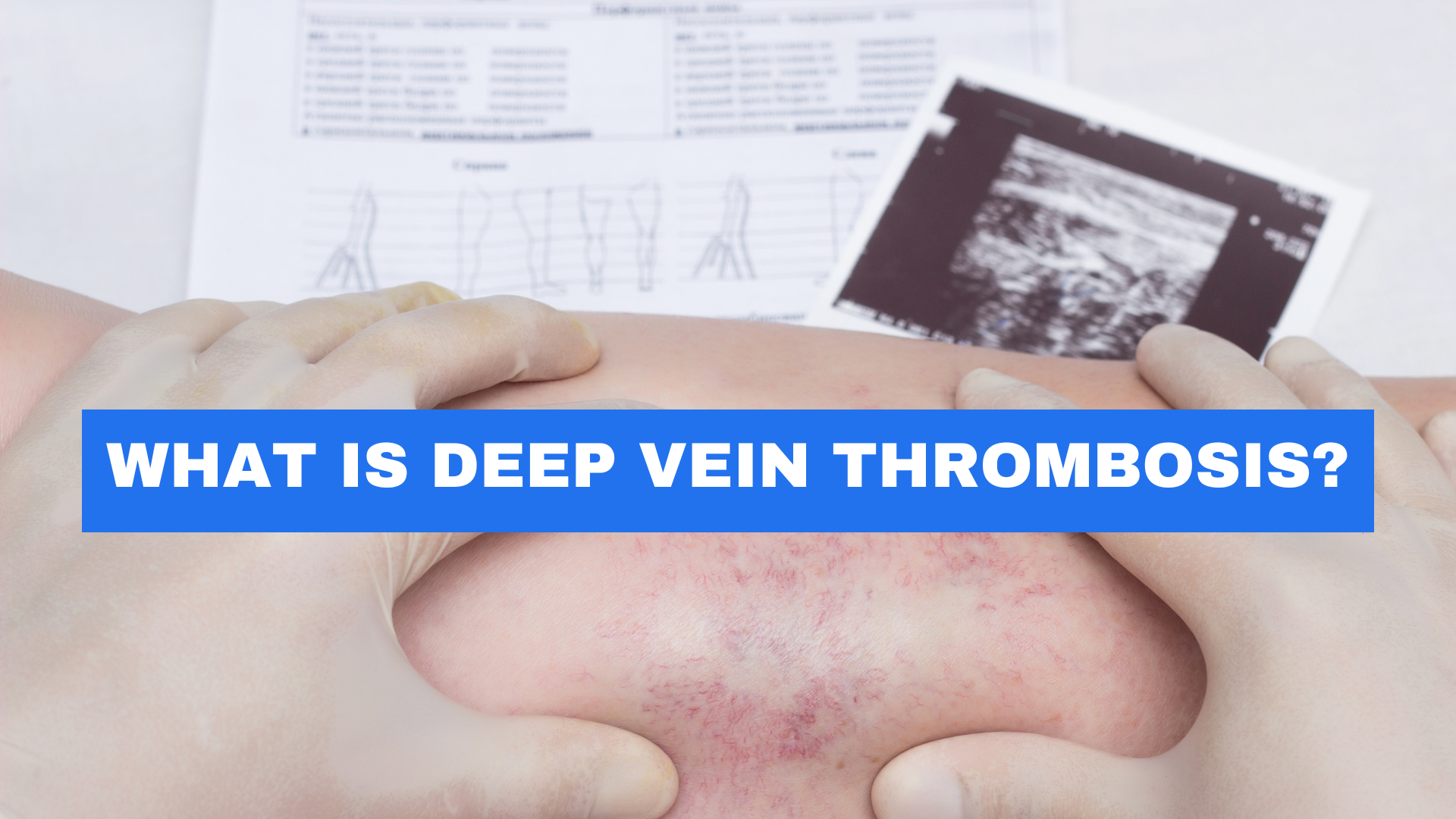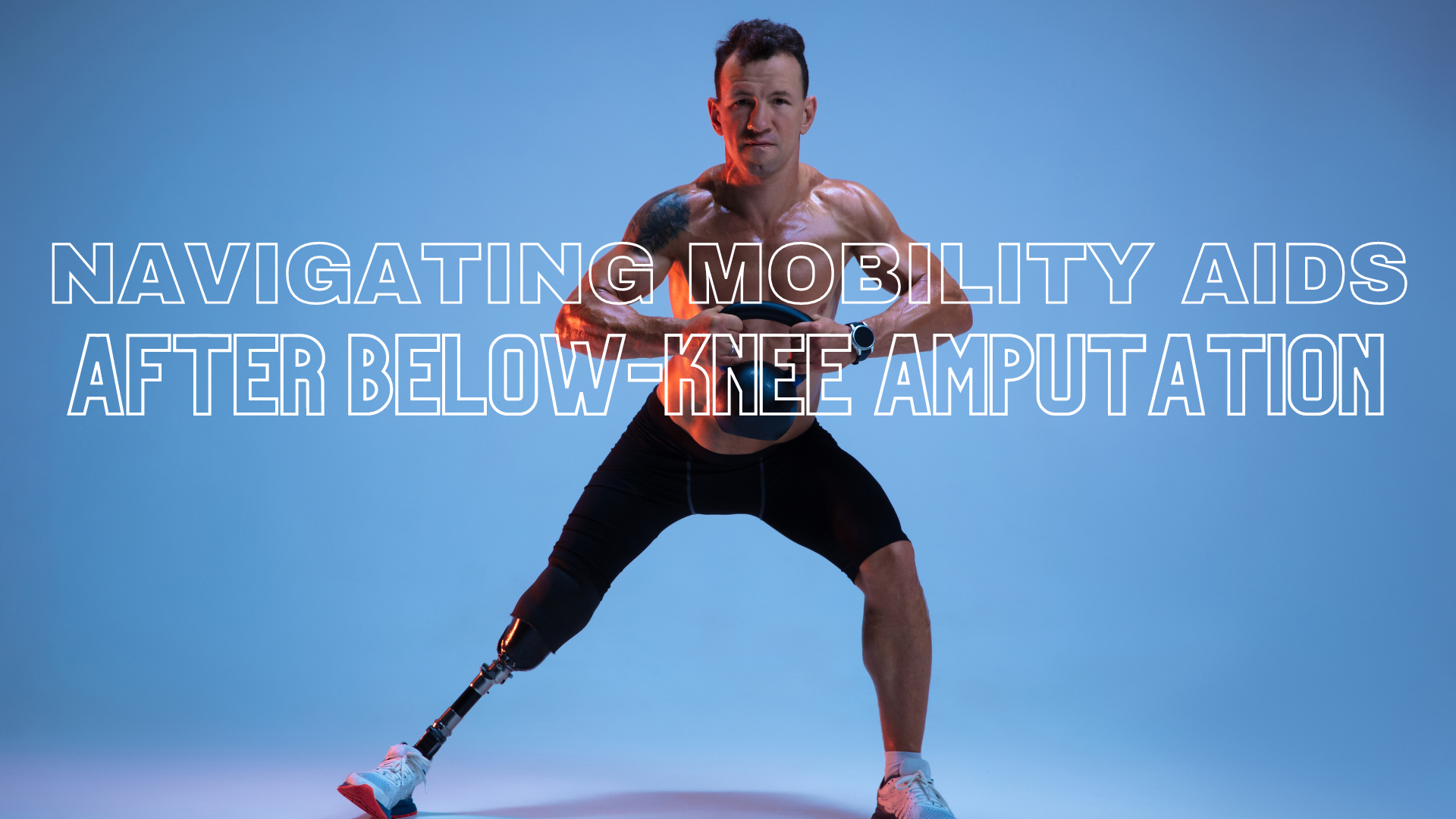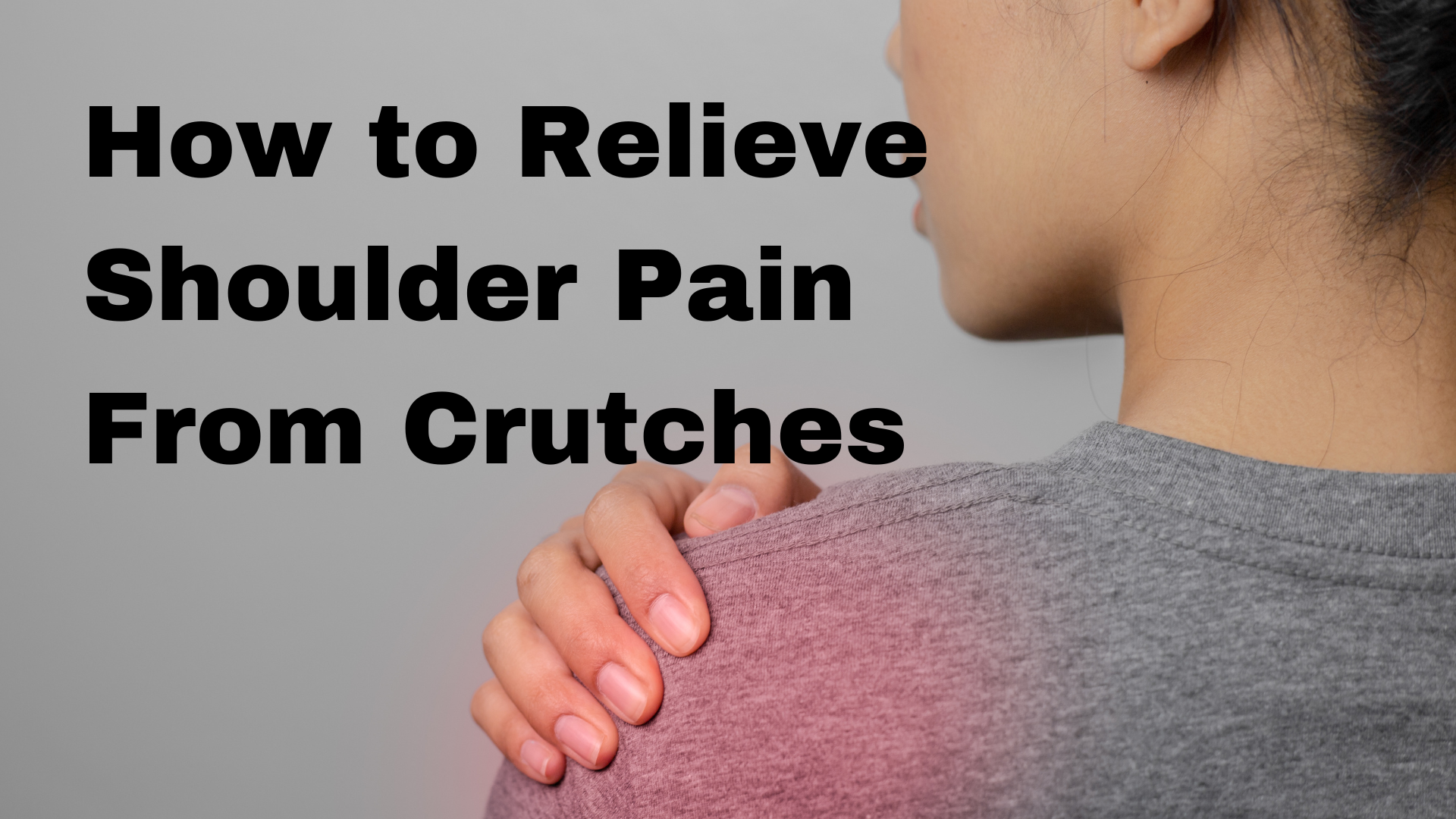Lower-leg injuries can be debilitating, causing discomfort and pain that can significantly impact daily life. Blood flow plays a crucial role in the healing process of these injuries. When an injury occurs, blood flow increases to the affected area, bringing oxygen and nutrients necessary for healing. Proper blood flow also removes waste and toxins, allowing the body to repair itself more efficiently.
Importance of Blood Flow for Lower-Leg Injury Healing & DVT Risk
Lower-leg injuries can cause a decrease in blood flow due to swelling and inflammation. This reduction in blood flow can delay the healing process and increase recovery time. It can also lead to a higher risk of complications such as blood clots or infections. Reduced blood flow can increase the risk of deep vein thrombosis (DVT) in several ways. When blood flow is slowed or blocked, blood can pool in the veins, which can lead to the formation of blood clots. Blood clots that form in the deep veins of the legs can cause DVT, which can be a serious and potentially life-threatening condition.
Lower leg injuries can increase the risk of DVT for several reasons. First, the injury itself can cause damage to the blood vessels in the affected area, which can lead to reduced blood flow and an increased risk of blood clots. Additionally, when someone has a lower leg injury, they may be less mobile and spend more time sitting or lying down, which can further slow blood flow and increase the risk of DVT.
DVT can have serious consequences if left untreated. One potential complication is a pulmonary embolism (PE), which occurs when a blood clot in the leg travels to the lungs and blocks blood flow. PE can cause chest pain, difficulty breathing, and even sudden death in severe cases.
Blood flow is essential for the delivery of nutrients and oxygen to the cells involved in the healing process. Oxygen is necessary for the cells to produce energy and heal damaged tissue. Nutrients, such as glucose and amino acids, provide the building blocks for new cells to regenerate and repair the injured area. Blood flow also removes waste and toxins from the area, allowing the body to more efficiently heal itself.
The lower leg is highly susceptible to reduced blood flow due to several factors. The blood vessels in the lower leg are smaller and farther away from the heart, making them more vulnerable to circulation problems. The calf muscle pump, responsible for pushing blood through veins and preventing pooling or clotting, may also be impeded if lower leg muscles cannot be used due to injury or immobilization. Injuries to the lower leg can cause swelling, which further restricts blood flow by compressing vessels. Reduced blood flow is a concern with lower leg injuries, and promoting good circulation during the healing process is vital.
Here are some examples of lower-leg injuries that at risk of reduced blood flow, which can delay healing and increase the risk of complications:
- Achilles tendon rupture: The Achilles tendon is responsible for connecting the calf muscles to the heel bone. A rupture of this tendon can cause significant pain, swelling, and reduced blood flow to the injured area.
- Ankle sprains: Ankle sprains occur when the ligaments connecting the ankle bones are stretched or torn. Sprained ankles are caused by rotating or rolling the ankle in either direction and can happen while walking, running, or even twisting the foot.
- Fibula fractures: The fibula is one of the two bones in the lower leg. A fibula fracture can occur as a result of a direct blow to the bone or from twisting the ankle or leg. Symptoms of a fibula fracture include pain, swelling, and tenderness in the affected area.
- Stress fractures: Stress fractures are small cracks in the bone that are often caused by repetitive stress on the bone. A stress fracture is caused by overuse and is common among recreational and professional athletes, especially those who do high-impact sports like track and field, dancing, basketball, tennis, or gymnastics.
- Jones Fracture: A Jones fracture is a fracture of the fifth metatarsal bone in the foot, near the ankle. Jones fractures can occur from a sudden injury, such as a twist or fall, or from overuse and repetitive stress. Symptoms of a Jones fracture include pain, swelling, and bruising on the outer side of the foot and ankle.
In all of these injuries, proper blood flow is crucial for the healing process. Without sufficient blood flow, the injured area may take longer to heal, and the risk of complications may increase. That’s why it’s important to take steps to improve blood flow, such as using the iWALK hands-free crutch or other devices that can aid in recovery.
Improving Blood Flow with iWALK Hands-Free Crutch
The iWALK hands-free crutch has been clinically proven to improve blood flow to the lower leg, aiding in recovery. Unlike traditional crutches that put pressure on the underarms and restrict blood flow, the iWALK crutch allows for natural movement and blood flow to the lower leg.
Crutches and scooters can potentially inhibit blood flow in the lower leg because they limit movement and can put pressure on the affected area. When using crutches or a scooter, a person is relying on their upper body strength to support their weight and move around, rather than using their lower legs and feet. This lack of movement and weight-bearing activity can reduce blood flow to the affected area, which can slow down the healing process and increase the risk of complications like deep vein thrombosis (DVT).
Furthermore, crutches can put pressure on the armpits, which can compress the axillary vein, a major vein that returns blood from the arm to the heart. This compression can impede blood flow and increase the risk of DVT in the arm. Similarly, scooter users may experience pressure and compression on the back of the knee, which can impede blood flow in the popliteal vein, a major vein that returns blood from the lower leg to the heart. This compression can increase the risk of DVT in the lower leg.
Therefore, it’s important to take steps to promote good blood flow during the healing process of lower leg injuries. Using a mobility aid like the iWALK hands-free crutch, which allows for natural movement and weight-bearing activity, can help promote good blood flow to the affected area and reduce the risk of complications like DVT.
Clinical studies have shown that using the iWALK hands-free crutch can increase blood flow to the lower leg by up to 27%. The research indicates that the increased muscle activity of the upper and lower leg measured improved venous blood flow resulting in the reduction of DVT risk. This increase in blood flow can speed up the healing process, reduce recovery time, and improve overall outcomes, which you don’t get with crutches and knee scooters.
In addition to improving blood flow, the iWALK crutch also allows for more natural movement and weight-bearing activities. This can help prevent muscle atrophy and improve range of motion, reducing the risk of long-term complications.
Ultimately, blood flow is crucial for the healing process of lower-leg injuries. Proper blood flow delivers oxygen and nutrients necessary for healing while removing waste and toxins from the area. The iWALK hands-free crutch has been clinically proven to improve blood flow to the lower leg, aiding in recovery and reducing the risk of complications, including reduced risk of DVT. By improving blood flow and allowing for natural movement, the iWALK crutch can help speed up the healing process, reduce recovery time, and improve overall outcomes. Get your iWALK today!
Sources
- Yoganandan, Narayan et al. “Blood Flow Restriction and Limb Use After Total Knee Arthroplasty: A Randomized Controlled Trial.” Journal of orthopaedic research : official publication of the Orthopaedic Research Society vol. 38,11 (2020): 2443-2453. doi:10.1002/jor.24777
- Kase, Takeo et al. “Blood Flow Improvement in the Lower Extremities by Wearing Loose-Fitting Shoes with a Spring Device.” Rehabilitation research and practice vol. 2016 (2016): 1493471. doi:10.1155/2016/1493471
- Khan RJ, Fick D, Keogh A, et al. Treatment of acute Achilles tendon ruptures. A meta-analysis of randomized, controlled trials. J Bone Joint Surg Am. 2005;87(10):2202-2210. doi:10.2106/JBJS.E.00310
- Waterman BR, Owens BD, Davey S, Zacchilli MA, Belmont PJ Jr. The epidemiology of ankle sprains in the United States. J Bone Joint Surg Am. 2010;92(13):2279-2284. doi:10.2106/JBJS.I.01537
- Winters M, Eskes M, Weir A, et al. Treatment of medial tibial stress syndrome: a systematic review. Sports Med. 2013;43(12):1315-1333. doi:10.1007/s40279-013-0083-z
- Rodriguez-Merchan EC. Stress fractures: diagnosis, treatment, and prevention. Am J Orthop (Belle Mead NJ). 2005;34(12):580-587.
- Matsen FA 3rd, Winquist RA, Krugmire RB Jr. Diagnosis and management of compartmental syndromes. J Bone Joint Surg Am. 1980;62(2):286-291. doi:10.2106/00004623-198062020-00017

